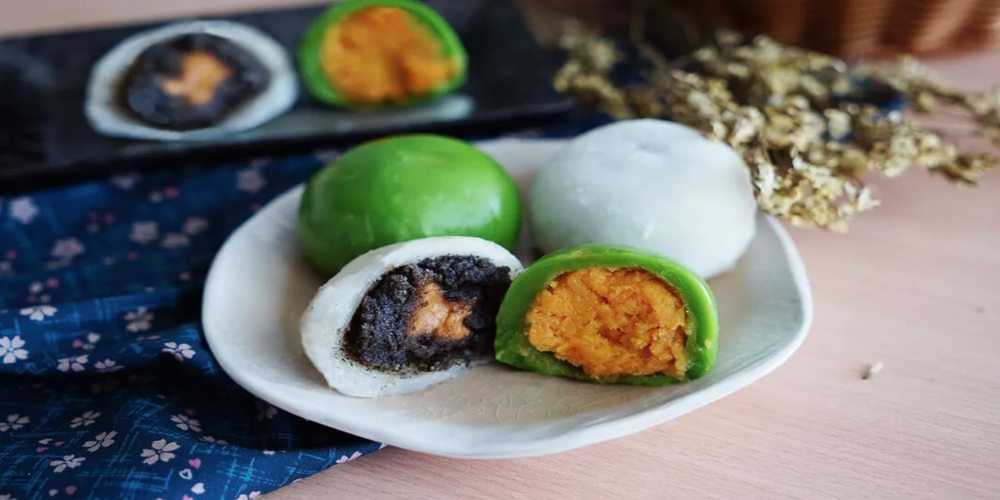Edmond likes to share design blog posts on social media and in online forums. He has a degree in Graphic Design, and he loves working with Adobe Photoshop and Illustrator. In his spare time, Zachary enjoys hiking and camping with his friends.

If you like sweet, soft, and chewy Japanese mochi, you’re in good company at Bokksu. We adore the renowned Japanese rice cake and are always delighted to tell you about it. If you’ve never tasted mochi, you may think, “What is it made of?” Continue reading to see how a simple bowl of sticky white glutinous rice is transformed into those adorable tiny mochi balls that stand out in a rainbow of powdered pastel colours. You should consider buying a mochi machine formaking this tasty dish.
Making Mochi For The New Year Is A Tradition
The Japanese term monozukuri is challenging to interpret, but it signifies that people are very proud of their work. This Japanese philosophy indicates that doing anything by hand with a lot of expertise, hard labor, and accuracy is a lot of joy. Even when preparing something as basic as a ball of mochi, the Japanese demonstrate monozukuri at each stage.
Mochitsuki includes “mochi-pounding.” One person makes the rice dough by hand, while another uses a kine, a wooden mallet. The fragrant, sticky rice is rinsed and soaked for two days before being cooked till tender. When the rice is finished, it is worked into a rice dough ball using a traditional Japanese mortar called a usu.
How Advanced Day Mochi Is Made
Of course, not all mochi is created in three days over the New Year’s holiday. In reality, these delectable mochi balls are created and sent all over the globe all year, so we may enjoy them nearly whenever we want. When Japanese people create mochi at home, they normally use pre-made glutinous rice flour, mix it with water, and cook it until it forms a gluey weight of rice dough that resembles the glob formed when traditional mochi is pounded.
Purists may argue that since they are produced with sweet rice flour rather than entire grains of rice, they are dango rather than mochi. The dough may be colored by adding food colouring or other substances. Kinako mochi, such as warabi mochi, is occasionally wrapped with roasted soy flour or kinako, which gives it a nutty flavour. Modern tools are employed in workplaces and at home to speed up and power the laborious work of pounding when the dough is created using rice and water instead of flour.
How To Try Mochi from Japan
Want to taste this delectable Japanese delight without having to go to Japan or get out of the mochi-maker? There are several ways to taste mochi outside of the archipelago. These are available in various flavors, including vanilla ice cream, chocolate, green tea, and others. Mochi may also be filled with multiple Japanese fruits and sweets. Daifuku mochi, for example, is filled with Anko, a delicious red bean paste prepared from azuki bean paste, white bean paste, custard, and sweet potato starch.
So the next time you bite into a perfectly formed mochi ball, consider the monozukuri that went into its creation.
